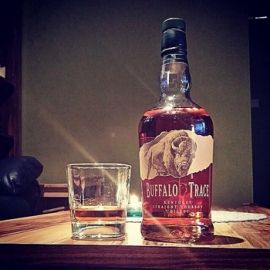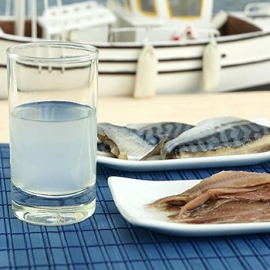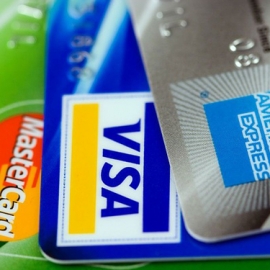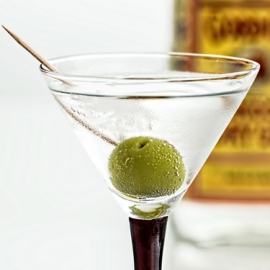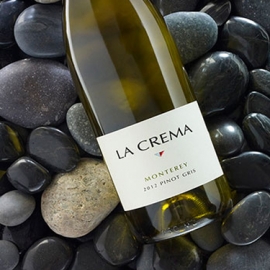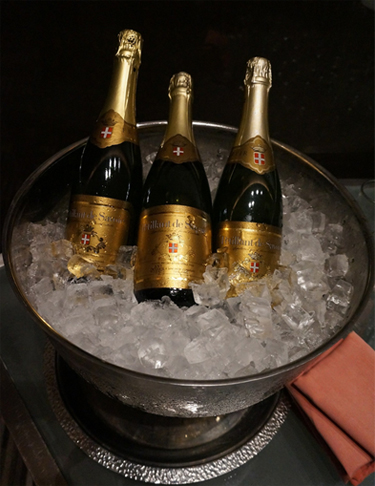 Additionally, I am in the process of launching my podcast “Crafted With Cradle” (http://www.suite929.tv/shows/craftedwithcradle/) which is a drinking show with curated conversations. I have been very busy with my team to make sure the launch [March 9th] is all that we’ve worked for.
Additionally, I am in the process of launching my podcast “Crafted With Cradle” (http://www.suite929.tv/shows/craftedwithcradle/) which is a drinking show with curated conversations. I have been very busy with my team to make sure the launch [March 9th] is all that we’ve worked for.
Since this is a drinking column, what better choice of libation during celebrations is there than champagne? Bubbles. Corks. Flutes. The toasts! Champagne is all of that and more. It’s decadent, celebratory and joyous from the minute you hear the “pop!” As we celebrate birthdays, podcast launches and the fact you are reading this, let’s talk about champagne.
Popping a cork on a magnum of champagne is the pinnacle of any night out. It makes you think of VIP Club nights, hip-hop videos or nights on the French Riviera. However, champagne when it was first created back in the 1500’s was considered a mistake and not worthy of drinking. Around 1844, corks were created which provided for the mystique of opening and making champagne a favorite of royals throughout time.
Subsequently, while sparkling wine is produced anywhere, for a bottle of wine to be called “champagne” it must come from the Champagne region of France. Like how you can’t call anything “cognac” unless it comes from the Cognac region of France [man, those French have the name game sewn up]. Primarily, the grapes Pinot Noir, Pinot Meunier, and Chardonnay are used in the production of almost all Champagne.
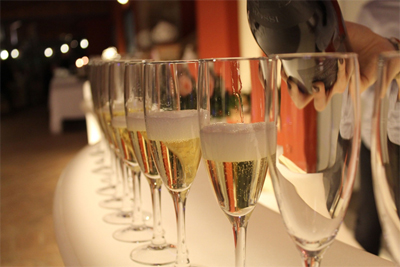 Drinking and storing champagne is easy. Most bottles you buy are meant to be opened and finished upon opening. You never really want to put an opened bottle back in the fridge and drink it the next day given the air that has mixed in. Champagne is best served in a flute and always chilled. To avoid a lot of head on your pour, make sure to tilt the flute sideways and pour the champagne at an angle. If you just won the Indy 500 or feel real lit, then spray the champagne on whomever is close.
Drinking and storing champagne is easy. Most bottles you buy are meant to be opened and finished upon opening. You never really want to put an opened bottle back in the fridge and drink it the next day given the air that has mixed in. Champagne is best served in a flute and always chilled. To avoid a lot of head on your pour, make sure to tilt the flute sideways and pour the champagne at an angle. If you just won the Indy 500 or feel real lit, then spray the champagne on whomever is close.
When it comes to food pairings, I would suggest basically anything! Champagne can accompany any dish or dessert. In the summertime, it’s the perfect backdrop to your outdoor BBQ and in the winter, it can be a romantic night in by the fireplace. Toasting and eating with champagne is always a good time. If you like sweet wines, I would try a rose [sec or demi-sec on the bottle indicates a higher level of sweetness] or if you like traditional wines then a dry [extra brut, brut or extra dry has less sugar].
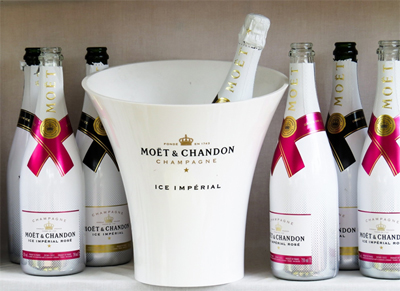 I would certainly recommend the following:
I would certainly recommend the following:
-
Moet & Chandon
-
Veuve Clicquot Ponsardin
-
Taittinger
-
Armand de Brignac
-
Luc Belaire
Champagne can certainly cost you a ton of money if you’re buying it in the club or at your favorite restaurant. However, a quick stop at the local store should bring those prices way down. Good champagne should run about $50 a bottle with some even decent tasting sparkling wines in the $15 price point. But the reality of it is, you drink what you like and what you can afford. If you plan on splashing people with the liquid, go cheap. If you plan on enjoying it and you just earned a new degree, go high! It’s all about the feeling of popping that cork and pouring out a good beverage. So, as we salute our Editor in Chief/Founder of Virile on his BDAY and I get ready to launch this podcast, it’s champagne all around!
Cheers.
Keith Cradle, Ph.D. (@mrcradle/@craftedwithcradle on IG/Twitter)
